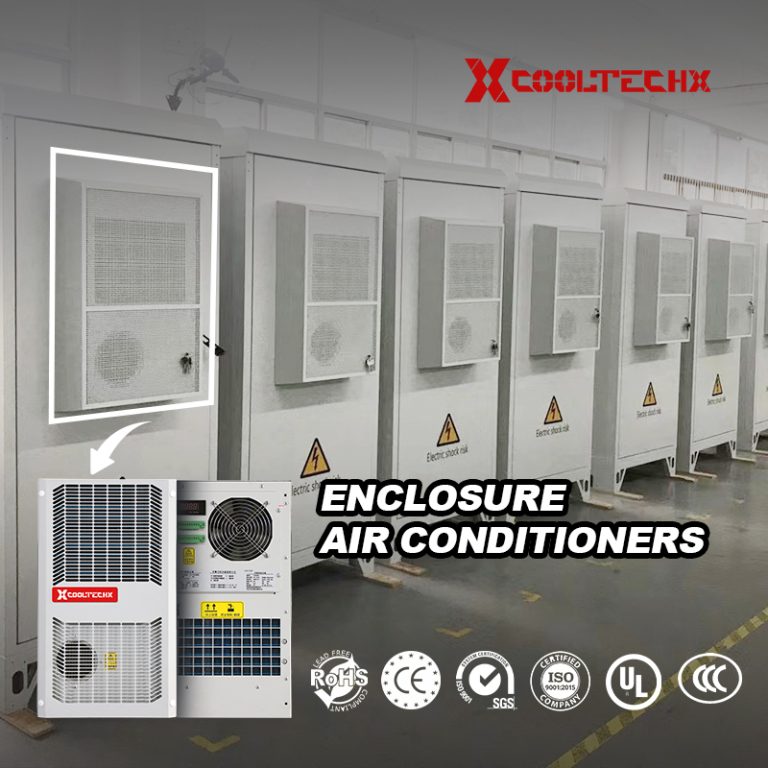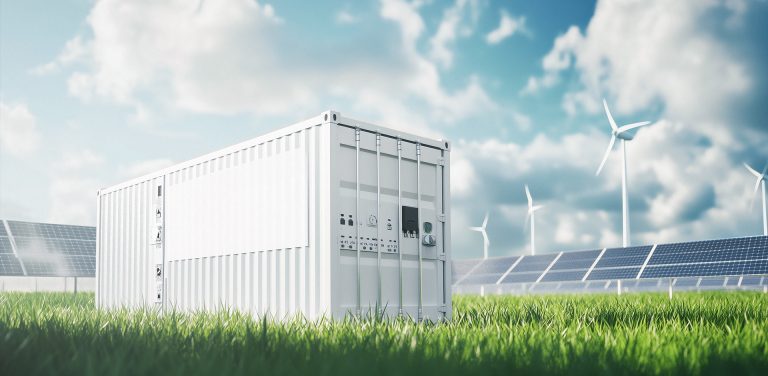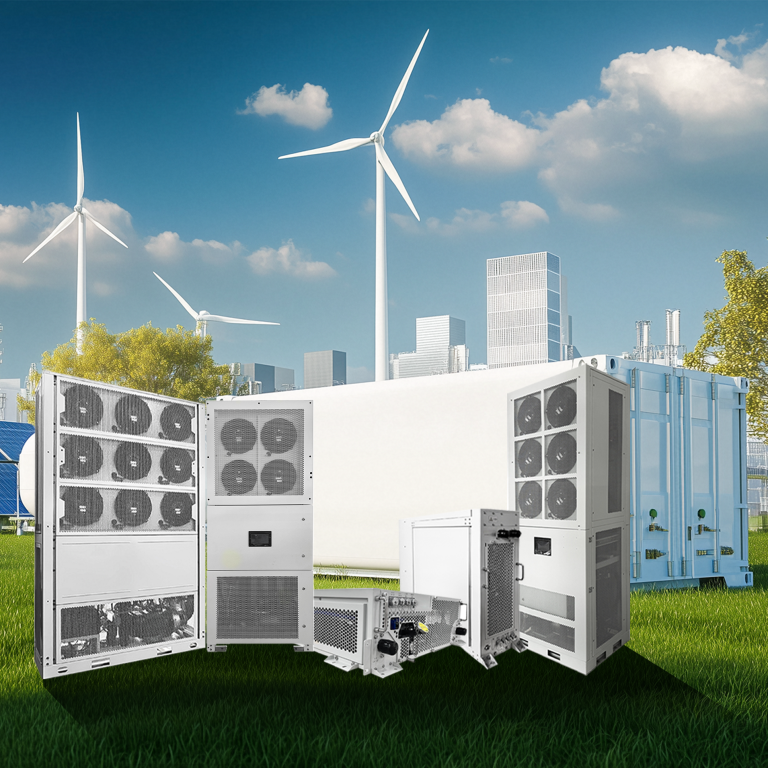Introduction: The Impact of California’s New BESS Regulations
Following the Moss Landing battery fire incident, California has implemented stricter regulations on Battery Energy Storage Systems (BESS) to enhance safety and efficiency. This has accelerated the industry’s shift toward liquid cooling solutions, which offer superior thermal management compared to traditional air cooling. With sustainability and high-performance applications becoming a priority, liquid cooling is emerging as the most effective technology for energy storage systems.
The Role of Liquid Cooling in BESS Efficiency
Effective cooling is crucial in battery storage systems to prevent overheating, ensure longer battery lifespan, and optimize efficiency. Liquid-cooled air conditioners are particularly advantageous in data centers, industrial equipment, and other applications requiring stable thermal control. Unlike air-cooled systems, energy storage cooling systems utilizing liquid cooling can efficiently remove excess heat, maintaining BESS at optimal temperatures.
Illustration: Basic Working Principle of Liquid Cooling in BESS
The above diagram illustrates how liquid cooling works in battery energy storage systems. The coolant circulates through cold plates attached to battery modules, absorbing heat and transferring it to an external refrigerant cycle, ensuring maximum efficiency.
How Liquid Cooling Enhances Energy Storage Performance
- Better Heat Dissipation: Liquid cooling absorbs and transfers heat more effectively than air cooling, reducing the risk of thermal runaway.
- Improved Energy Efficiency: With lower energy losses, battery storage systems can operate at peak performance with minimal waste.
- Extended Battery Lifespan: Efficient thermal management reduces stress on batteries, leading to longer operational cycles.
- Optimized for High-Performance Applications: In data centers and industrial equipment, liquid cooling prevents overheating and supports demanding workloads.
Illustration: Liquid-Cooled BESS System in a Modular Container
The image above shows a modular battery energy storage system with integrated liquid cooling. Such designs are becoming the standard for large-scale sustainable energy solutions.
The Future of Energy Storage Cooling Systems
As demand for sustainable energy solutions grows, the need for liquid-cooled air conditioners and advanced cooling technologies will continue to rise. Regulatory changes like those in California emphasize the importance of adopting safer and more efficient energy storage cooling systems.
Illustration: Key Components of a Liquid-Cooled BESS System
This image highlights essential components such as cold plates, circulation piping, and temperature control units, which play a vital role in maintaining BESS efficiency.
Conclusion: Why Liquid Cooling is the Future of BESS
With increasing regulatory requirements and the push for sustainability, liquid cooling is rapidly becoming the preferred solution for battery energy storage systems. Companies investing in liquid-cooled air conditioners and advanced energy storage cooling systems will benefit from enhanced efficiency, improved safety, and long-term cost savings.
For businesses looking to upgrade their battery storage systems, now is the time to transition to liquid cooling solutions. Stay ahead of industry changes and embrace the future of energy storage systems today!
Are you ready to optimize your cooling systems and enhance the performance of your battery energy storage solutions? Connect with Cooltechx today to learn more about how our liquid cooling systems can revolutionize your business operations.








